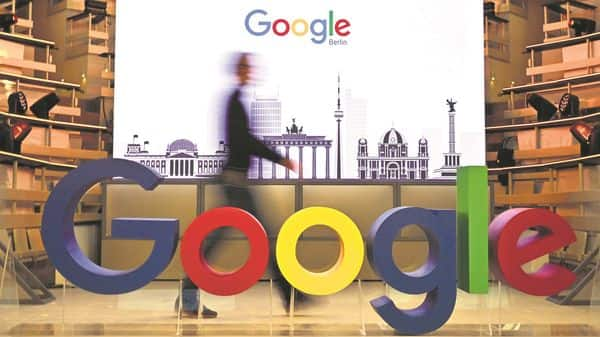[ad_1]
The futuristic project proposes to deliver virtual chat booths, which allow users to convert themselves into life-size 3D hologram versions, so it appears you’re in a room with them.
“Several years ago, we kicked off a project called Project Starline to use technology to explore what’s possible. Using high-resolution cameras and custom-built depth sensors, it captures your shape and appearance from multiple perspectives and then fuses them together to create an extremely detailed, real-time 3D model,” Pichai said in his keynote to kick off the 2021 Google I/O Developer Conference.
The conference returns this year in a virtual format after being cancelled last year on account of the covid pandemic.
Pichai said the company will share more on Project Starline in the months ahead. “We’ve spent thousands of hours testing it at our own offices, and the results are promising,” he said. It also plans to test the technology with enterprise partners, including those in healthcare and media.
Project Starline uses significant hardware, including cameras, sensors and microphones. “Project Starline is currently available in just a few of our offices, and it relies on custom-built hardware and highly specialized equipment. We believe this is where person-to-person communication technology can and should go, and in time, our goal is to make this technology more affordable and accessible,” the company said in a separate blog post.
Apart from holograms, the flagship developer conference came packed with a slew of announcements across the Google spectrum of products. The company claimed that its active Android users have now touched 3 billion, as compared with rival Apple, which claims a billion mobile users.
Google said it has developed a new artificial intelligence (AI) model called LaMDA — Language Model for Dialogue Applications. The system is designed to build AI that can hold its own in natural conversations.
“Language is remarkably nuanced and adaptable. It can be literal or figurative, flowery or plain, inventive or informational. That versatility makes language one of humanity’s greatest tools—and one of computer science’s most difficult puzzles,” the company said in a blog post.
LaMDA is the latest in a line of conversational AI models, including OpenAI’s Generative Pre-trained Transformer 3 (GPT-3) and Google’s own Bidirectional Encoder Representations from Transformers (BERT). All of these aim to improve the quality of conversations that chatbots and other AI-based smart assistants can have.
Google will build an error-corrected commercial quantum computer before the end of the decade. The company is giving itself under 10 years to build the 1 million qubit quantum computer, a huge step from the sub-100 qubit systems it has right now. The company also unveiled its Quantum AI campus, based in California, which will host its first quantum data centre, its quantum hardware research labs and chip fabrication facilities.
While traditional computers store information as zeros and ones (called bits), quantum computers use qubits (quantum bits), which can exist in both states at the same time. They have the potential to solve some of the hardest problems in technology today and are much faster than even the fastest supercomputers. Google claims it wants to use such systems to build more energy-efficient batteries and develop environment-friendly processes for making fertilizers.
Google isn’t the only company working on commercializing quantum computers. IBM, D-Wave Systems and Honeywell are all on the job.
Google has just released a beta version of Android 12, which most Pixel users (and partner devices such as Asus, OnePlus) can install and try out. New features include better notifications, changing colour palettes, along with more controls for privacy and easier connectivity between Chromebooks and Android TVs. Some of the privacy controls include more information on how cookies are utilized and how apps export data.
Amid rising cases of misinformation, the keynote at the developer’s conference revealed that for every Google result, a new feature titled “about this result” will appear under the link to each website. This will include information about the website, how other relevant sites describe it and also a link to the Wikipedia page in an attempt to ensure that users can take an informed decision about the content that they read. The company decided to have this feature after it noticed a spike for search terms that begin with “Is it true that…”
In terms of the search itself, Google unveiled a new search model called the Multitask Unified Model (MUM), which can handle complex queries. MUM will be able to generate and understand language. It has been trained in over 75 different languages. The model will also be able to understand information across text and images, with Google saying that these will gradually move towards video and audio.
Google Workspace, which includes office software such as Docs, Sheets and more, is also getting some new features. The company announced a new “smart canvas” initiative, which brings better interoperability between Workspace apps, and deeper integration for Google Meet, its video calling tool, allowing Meet calls to be started from within different Workspace apps.
Never miss a story! Stay connected and informed with Mint.
Download
our App Now!!
[ad_2]





